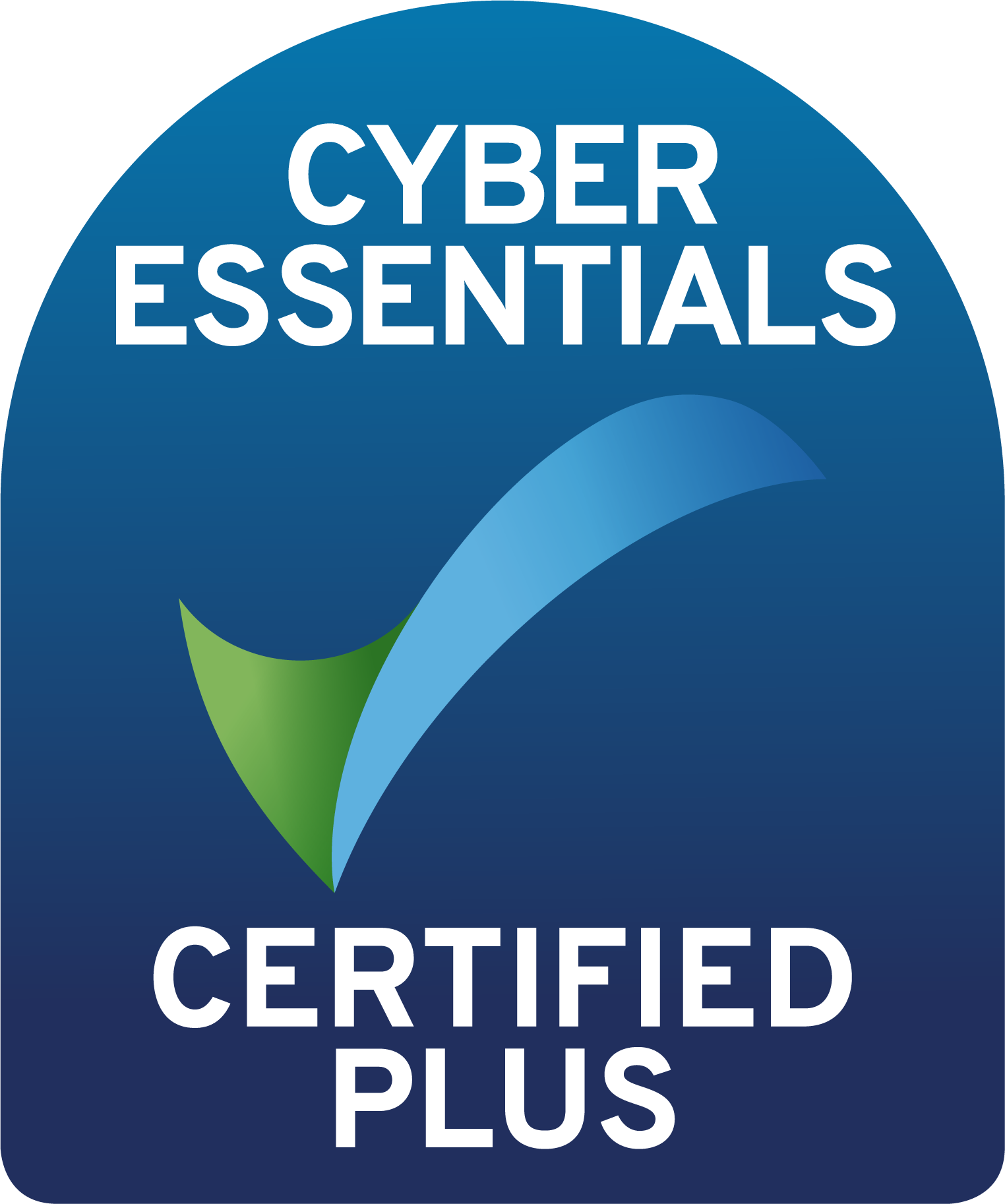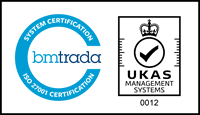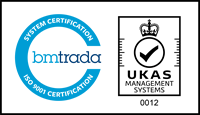Businesses now more than ever are assessing their wellbeing offering and, where necessary, are taking steps to enhance and futureproof their programme. Wellbeing is often associated with physical health, however it encompasses much more; financial, mental and social health all impact a person’s wellbeing and their ability to function on a day-to-day basis.
Good health and business productivity go hand-in-hand, yet whilst wellbeing in the workplace is critical, it’s important to remember that external influences have an impact too, making wellbeing outside of work equally important.
Below we look at some of the things that can be done to help maintain employee wellbeing now and into the future.
Discourage unhealthy practices
Many employees often worry that taking time off sick will not only negatively impact their finances but their job security as well. ‘Presenteeism’ and ‘leaveism’ has increased in recent times, with a staggering 89% of people reporting working when unwell, and 73% of people using holidays to work or working when on sick leave, according to CIPD’s Health and Well-being at Work 2020 report.
These behaviours have a detrimental impact on wellbeing, with ‘presenteeism’ posing a risk to the wider workforce and ‘leaveism’ affecting people’s ability to take a proper break, both of these also have a knock-on effect on productivity. Discouraging these unhealthy practices is paramount in order to maintain a happy and healthy workforce.
Communication is critical
Having a wellbeing programme is great, however if your workforce isn’t aware that it exists, then neither they, nor you, get the benefit. Effectively communicating what’s available is essential. Remember to communicate regularly, reminding staff that help and support is there should they need it.
Be mindful of field-based staff, people working remotely or those that do not have regular access to a computer, and make sure you have a solution that reaches your entire workforce. A wellbeing programme that is not just online, but app-based too, gives employees access to help wherever and whenever they need it.
Focus on the now but with a long-term lens
Businesses will no doubt be looking at immediate ways in which they can provide support to their employees, with mental and financial health likely to be high on the agenda. Mental health charity Mind reported that in May, almost a quarter of people who tried to access mental health support over a two-week period had failed to get any help. Intrinsically linked, financial worries lead to ill-mental health, and with people currently losing their jobs or being furloughed, it’s clear that having accessible support is key.
Employee assistance programmes (EAP) are confidential, easy to implement and importantly, there to help when its needed the most. An EAP provides help on a variety of issues such as money worries, stress, anxiety, domestic problems, legal advice and more, making it an ideal solution to help support people during the challenging times we are currently facing and into the future.
Physical wellbeing – prevention is better than cure
When looking at physical wellbeing, it’s important to remember that it is not just about exercise and making healthy lifestyle choices. Although encouraging these practices form part of a physical wellbeing programme, there are other aspects that must be considered. The CIPD’s research showed that musculoskeletal injuries ranked second for both short and long-term absence, clearly highlighting a need to look at how these issues can be prevented.
Regular workplace assessments will help bring to the fore what may be contributing to these absences, giving employers the opportunity to rectify, and importantly, prevent any future issues, thus leading to a reduction in absenteeism. Assessments should be done for the entire workforce, not just office-based staff.
Businesses should also ensure they are aware of employees with underlying health conditions in order to provide (if needed) the required support. This could be simply making sure your employees are confident you understand any health issues they may have and acknowledge that some days may be tougher than others.
The charity Hidden Disabilities focus on the fact that not all disabilities are visible. As such they have created a sunflower logo for people to wear that discreetly indicates to those around them that they may need additional support. Many organisations have become members of this charity, proudly displaying the sunflower logo across their business to demonstrate that they are supportive and approachable to anybody who may need additional support. This action is not only important to existing staff, but attractive to people in the search for something new.
Social wellbeing and inclusion
The concept of social wellbeing is relatively new and one that is often hard to decipher, yet it is fast becoming an important pillar of wellbeing. Social wellbeing centres around a person’s sense of belonging, social inclusion and social stability.
Employees who believe in what their organisation does, and those that feel they are valued and an essential contributor, are passionate and driven to succeed. Clearly communicating the values and aspirations of your business, and engaging with your workforce to show you appreciate them, will help get the best from your staff. After all, happier employees are more productive and valued employees are more loyal.
Let’s not forget the importance of peer-to-peer relationships. Peer to peer recognition is a great way to build or reinforce a culture where employees feel valued by their colleagues. It creates team spirit and strengthens co-worker relations, in turn, boosting productivity and employee wellbeing. Studies have proven that employees who are empowered to recognise their peers were twice as likely to identify themselves as engaged.
To begin advancing your social wellbeing strategy, be mindful that one size doesn’t fit all and that different individuals will have different needs, priorities and expectations. A good place to start is by looking at your flexible working policy and reviewing it to make sure it allows for a good work/life balance. Does it cater for individuals who may have parental responsibilities or the need for flexible start and finish times?
Do you host social events? If not, then setting up a variety of social activities that account for people’s availability and interests is a great area to focus on. This really can enhance an individual’s sense of belonging and build on co-worker relationships.
Promote the good you are already doing. If your business has great corporate social responsibility initiatives then be sure to make your workforce aware of this. People like to be a part of something good and will take pride in working for a business that is doing its part to enhance the lives of others. You may even get those that want to help further and engage with you on how they can help make a difference.
Wellbeing matters
With the Office for National Statistics reporting an average of 135 million working days lost each year to sickness absenceat an estimated cost of £554 per employee, it’s clear that employee wellbeing sits high on the agenda of any business.
Businesses want to do what’s right for their employees, and by implementing a health and wellbeing programme they are not only doing this, but they are also benefiting from a highly impactful, long-term return on investment. A successful health and wellbeing programme helps reduce absenteeism, increase productivity, improve retention, boost workplace morale and demonstrates the overall commitment to employee wellbeing.
After all, a happier, healthier workforce is core in helping a business achieve success.
Article featured on REBA website on 16th June 2020





